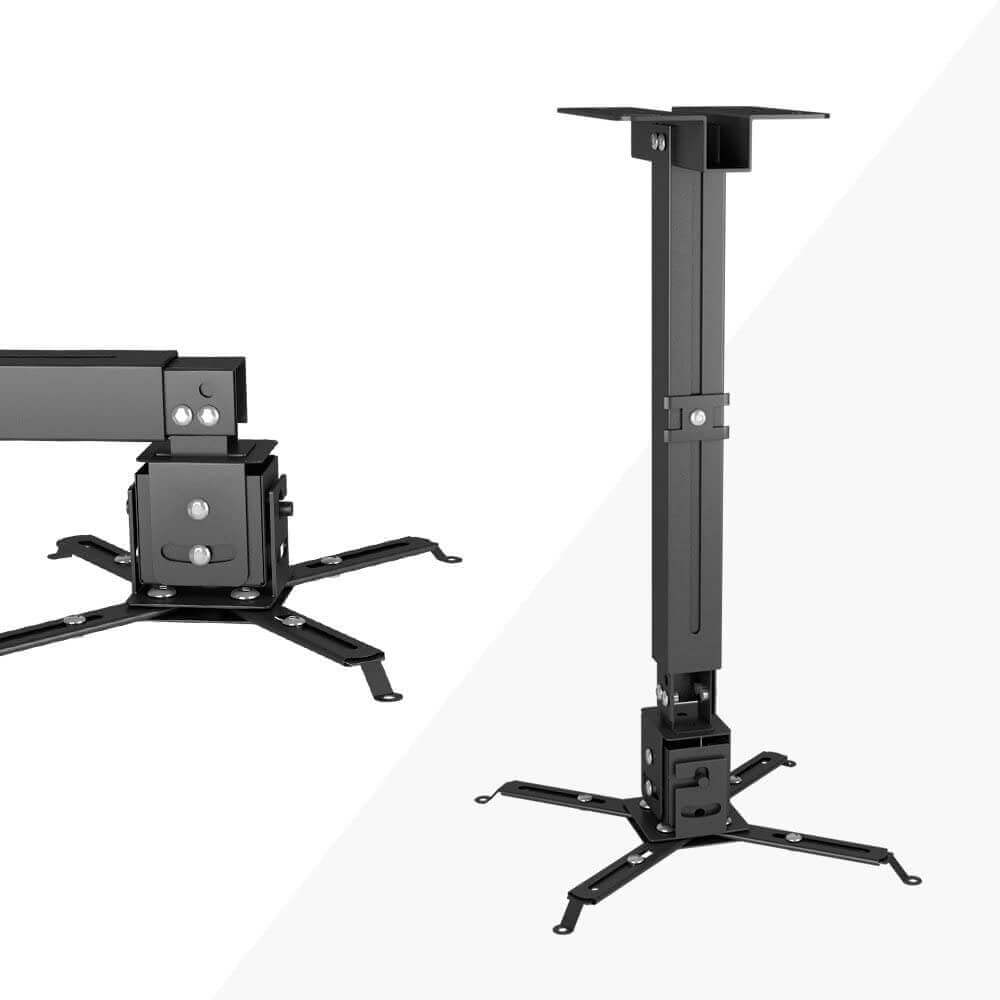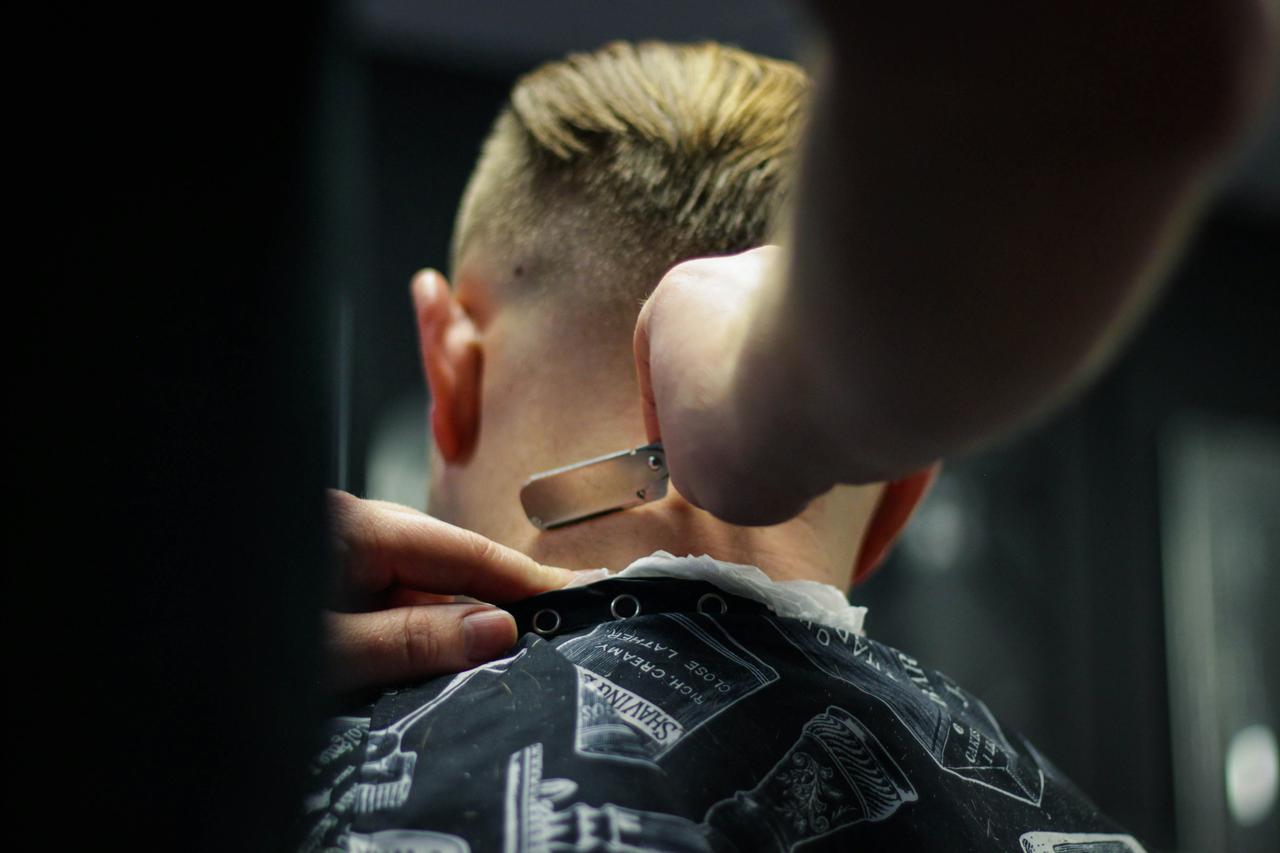America’s first modern corner bathtub was launched and then installed in homes around 1842. To be more precise, it was introduced on the market in December. According to a prominent news reporter, known as HL Mencken, it would have been flawless if the mercurial vessel had a great beginning. The fact is the first bathtub did not have accessories to help define their use and look. Before indoor plumbing, tubs such as chamber pots as well as washbowls were vastly known as moveable accessories- they were large but slightly light containers, which bathers pulled for temporary usage.
Around the 19th century, the same bathtub design was a viable product of tinsmith’s craft, which was a shell of a sheet made of copper. Others were made of zinc. In various progressive houses that were equipped with water-heating devices, the corner bathtub was made of lead and then anchored in a quality wooden box. In this blog post, we shall discuss the origin of the corner bathtub, including why you should invest in one.
Over the years, there were ingenious yet impractical alternatives such as portable canvas tubs, which looked like a pot-bellied cot and armoire-like contraption made with a hinged door. The prestigious Mosely Folding Bathtub could be pulled down like the Murphy bed. For decades, Americans knew this kind of bathtub as the sole comfort giver.
In 1909, a hardware catalog known as the tinware plunge bath was introduced on the market. It has a wood-covered bottom painted in enamel green. As time passed by, running water became common. Corner tubs became more prevalent yet less portable. And while copper was still commonly used for various wood-enclosed tubs in the 1910s, it appeared as a significant liner used for steel-cased tubs.
The wood-encased bathtub period worked its way up to galvanize the tin tub in Oregon. More homeowners invested in this kind of bathtub because of its stylish nature. As time passed, cast-iron, an all-purpose material, galvanized the Victorian era. It was poured in various sinks as well as lavatories in 1868. The big catch with all the mentioned bathtubs was corrosion. Zinc discolored around water. Copper, on the other hand, corroded. Both metals were hard to clean.
Faced with the need to design quality bathtubs for consumers, professionals turned their attention to glaze crusades. A China-like glaze was predominantly the ideal solution. While cast iron sinks were made of porcelain enamel, iron bathtubs became the perfect option for most homeowners. When filled with soap and water, however, they expanded more. Their coating could also become delaminated. Around the 1850s, manufacturers delved into the production of corner tub-coating by taking a unique approach- they went all-ceramic.
The tubs seemed fragile, as well as bulky. Therefore, they were pretty iffy for export. In the long run, the idea found a viable market on the shores of English speakers. By the 1980s, professional manufacturers delved into the use of solid porcelain tubs, which for corner bathtubs. The ordinary style bathing tub had a sloppy head. People liked it because it was affordable. Other than satisfying the demand for a smooth yet seamless surface that was prone to rust, it offered a continuous yet roll-over edge on the perimeter of the corner bathing tub.
In Closing
Drawbacks aside- the dependable yet quality porcelain corner bathtub remained one of the market’s Cadillac for a while. It marked the hallmark of the high-end bathroom styles. And in 1920, these bathroom tubs became a symbol of status. In a period where homes with running water coupled with waste piping were modern, a single bathroom equipped with a lavatory and a flushing toilet was a major sign of progress. Besides, the corner bathtub was also a symbol of wealth.














